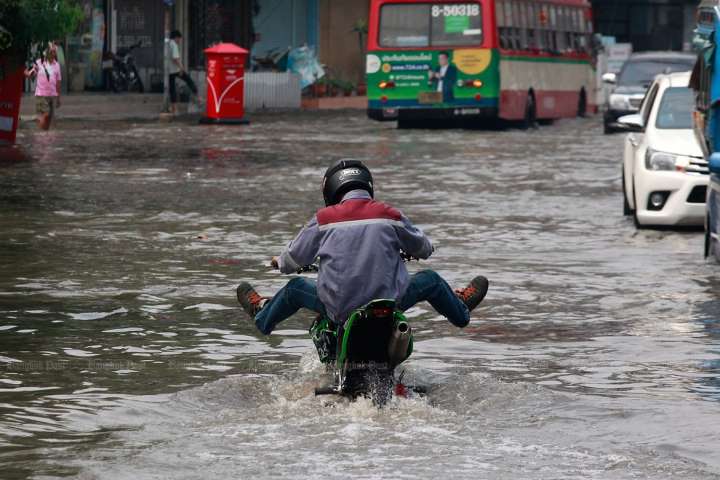Impacts of climate change on water resources, especially groundwater, can no longer be hidden. These impacts are further exacerbated under the integrated influence of climate variability, climate change and anthropogenic activities. The degree of impact varies according to geographical location and other factors leading systems and regions towards different levels of vulnerability. In the recent past, several attempts have been made in various regions across the globe to quantify the impacts and consequences of climate and non-climate factors in terms of vulnerability to groundwater resources. Firstly, this paper provides a structured review of the available literature, aiming to critically analyze and highlight the limitations and knowledge gaps involved in vulnerability (of groundwater to climate change) assessment methodologies. The effects of indicator choice and the importance of including composite indicators are then emphasized. A new integrated approach for the assessment of groundwater vulnerability to climate change is proposed to successfully address those limitations. This review concludes that the choice of indicator has a significant role in defining the reliability of computed results. The effect of an individual indicator is also apparent but the consideration of a combination (variety) of indicators may give more realistic results. Therefore, in future, depending upon the
